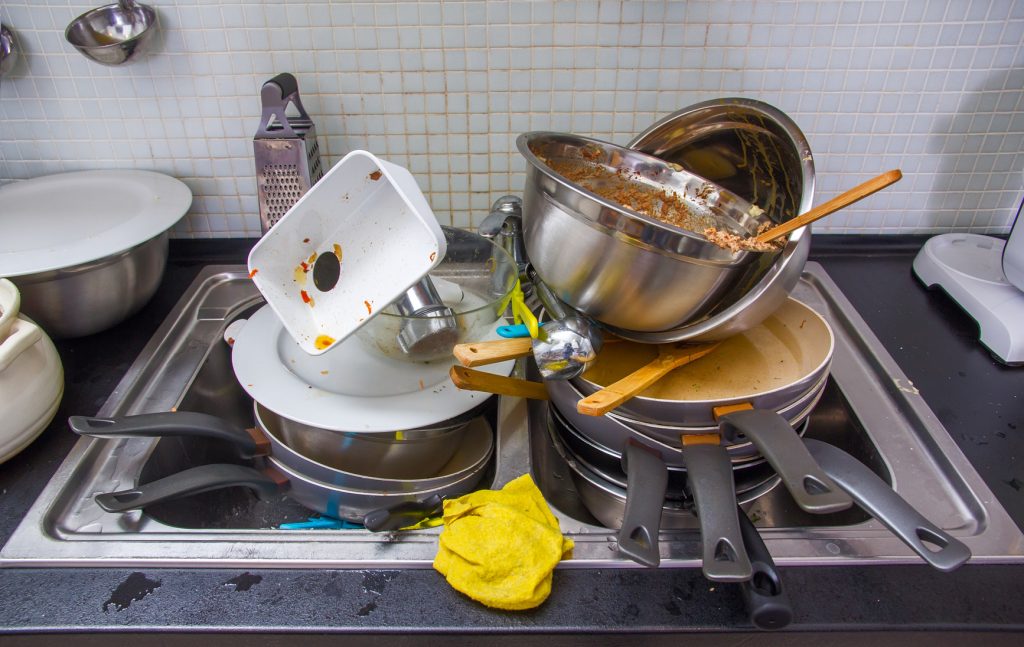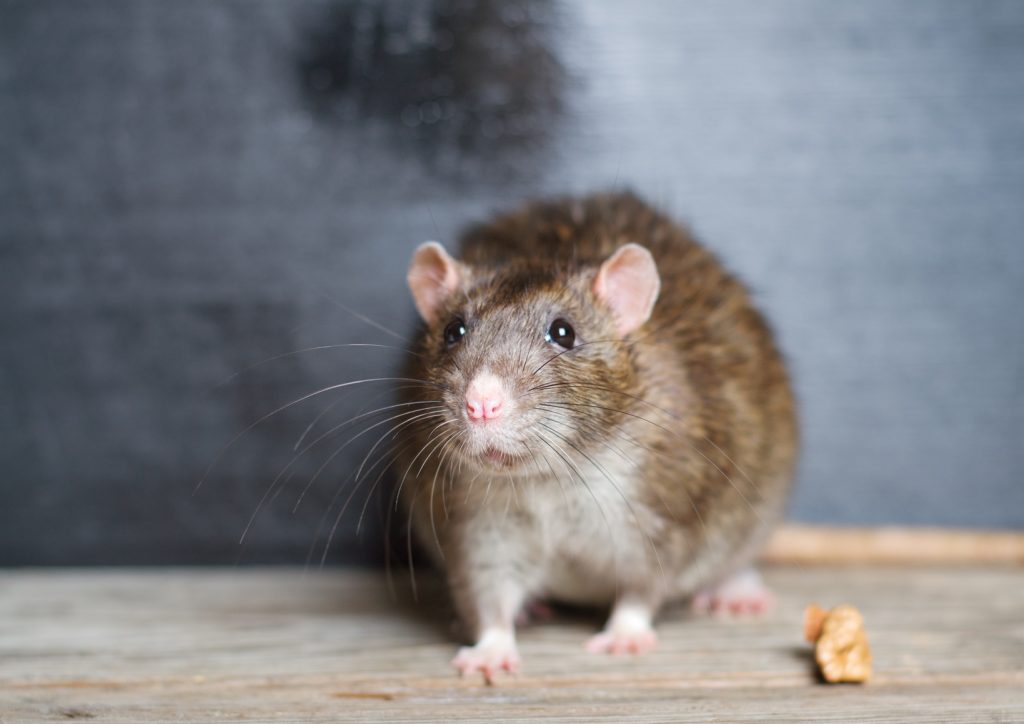Types of Food Hazard: What You Need to Know!

There is somewhat of a ‘not-so-fantastic-four’ of types of food hazard, which you should come to know almost instinctively. These groups cover all of the common and most of the uncommon food dangers that you may encounter within the kitchen.
Chemical Hazards
Obviously, the chemical agents with which we clean the kitchen are not for human consumption. Whilst you should spray the surface of a chopping board, you don’t want anti-bacterial in the soup. In addition, poisons and pest control materials can be highly dangerous sources of chemical contamination.
You should have a clear system of cleaning which ensures no cleaning fluids, sprays or similar potential contaminants come into contact with food.
Physical Hazards
Physical hazards are things like plasters, jewellery and pest droppings. When you think how far a shattered tumbler will spread glass, it becomes clear how easy it is for physical contamination to get into food.

Broken objects should be cleaned immediately and properly. Some contaminants can even be a choking hazard, so keep your eyes peeled.
Allergen Hazards
Allergic reactions can kill. Allergens are one of the most dangerous types of food hazard. The victims’ airways or tongue can swell, their blood pressure can plummet, and they can struggle to breathe. This is not an exclusive list, so know your allergens and learn the signs of a reaction.
We’ve created a poster for you detailing, 14 allergen food groups; pin this up in your kitchen. Many pre-made ingredients contain allergens and cross-contamination is easy. Consequently, proactive education about them is an absolute necessity.
Microbiological Hazards.
This is one of the most common types of food hazard and what we mostly associate with food poisoning. It concerns the introduction of bacteria and similar nasties into food can cause a range of illnesses.
For example, washing chicken is an extremely common microbiological hazard. Campylobacter and salmonella can spread when you splash chicken water around the sink and adjacent areas. Handling chicken and other poultry properly is vital to preventing this.
Want more information about food hygiene training ?
There’s much more to understanding food hygiene than what you find in this article, however.
You can take our Level 1 Food Hygiene courses and Level 2 Food Hygiene courses, entirely online, in just 1 to 2 hours. Moreover, with the option to pause and restart the course as many times as you need, these are our most flexible training options.
Purchase today and start training immediately. You can download your verifiable food hygiene certificate immediately upon completion.
Our friendly customer support team is always happy to talk through your food hygiene training options. Why not give us a call on 01327 552136, email us at hello@smarthorizons.co.uk, or use the live chat feature on this website to speak to us during office hours. We’re here to help from 9am to 5.30pm, Monday to Friday.
